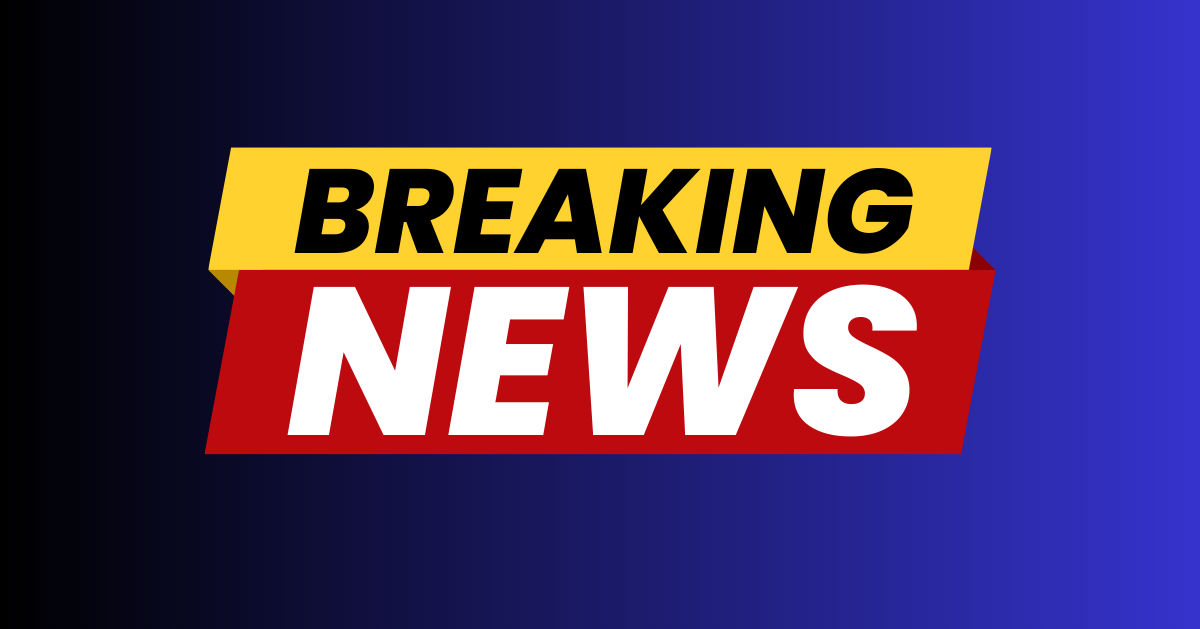Harvard Sees Drop in Black Enrollment After Affirmative Action Ruling
Harvard University has reported a decline in Black student enrollment in its Class of 2028, marking a significant shift in diversity following the U.S. Supreme Court's decision to end affirmative action in college admissions.
The high court's ruling, which came in 2023, has led to changes in the racial composition of student bodies at numerous institutions across the country, and now, the number of Black students admitted to Harvard fell from 18% last year to 14% this year.
Harvard was one of two schools specifically named in the decision, along with the University of North Carolina, and both schools have since altered their admissions policies to comply with the decision.
Supreme Court's Decision Sparks Policy Changes
The Supreme Court ruled that race-conscious admissions policies at Harvard and UNC were unconstitutional under the Equal Protection Clause. In the Court’s opinion, Chief Justice John Roberts wrote that both schools’ programs lacked clear objectives and involved racial stereotyping.
As a result of the ruling, Harvard modified its admissions process. Now, admissions officers no longer have access to an applicant’s race.
The school also changed one of its essay questions, asking students to reflect on a time they faced conflict, likely to provide a way for applicants to express personal experiences indirectly related to diversity.
Harvard Experiences Drop In Black Enrollment
The most immediate change at Harvard has been the drop in Black student enrollment. The percentage of Black students admitted to Harvard's freshman class dropped by 4 percentage points compared to last year.
In contrast, the number of Hispanic or Latino students increased by 2 percentage points, while the percentage of Asian American students remained unchanged.
Hopi Hoekstra, dean of the faculty of Arts and Sciences at Harvard, emphasized that this year’s numbers provide an early look at the ruling’s consequences.
"Today's report provides a first glimpse of the impact of the Court's decision, though we anticipate its full impact on the class composition at Harvard College may not be felt for several more admissions cycles," Hoekstra wrote in a staff letter.
Mixed Impact On Other Universities
While Harvard has seen a decline in Black student enrollment, other universities have reported mixed outcomes. MIT, for instance, announced in August that its freshman class is less diverse than in previous years. MIT reported that only 16% of its incoming students identified as members of underrepresented racial groups, a significant drop from its usual average of 25%.
On the other hand, UMass Amherst reported an increase in diversity. The university stated that its incoming freshman class is the "most diverse in the university’s history," even after following the Supreme Court’s ruling. UMass Amherst has bolstered its recruitment efforts to encourage students of color to apply, despite the new legal constraints on considering race in admissions.
Harvard's Efforts To Maintain Diversity
In response to the changes prompted by the ruling, Harvard is stepping up efforts to maintain a diverse student body. William Fitzsimmons, dean of admissions and financial aid, affirmed that diversity remains a key component of the university’s mission. "Our community is strongest when we bring together students from different backgrounds, experiences, and beliefs," Fitzsimmons said in a statement. He emphasized that fostering a variety of perspectives is crucial for both academic and personal growth.
To attract a diverse group of students, Harvard has ramped up recruitment efforts and expanded financial aid opportunities. By increasing financial support and reaching out to a broader range of applicants, the university hopes to mitigate the impact of the Supreme Court’s decision on its student body composition.
Looking Ahead: Future Admissions Cycles
Although this year’s drop in Black enrollment has drawn attention, Harvard officials expect that the full impact of the Court’s ruling will become clearer over the next few admissions cycles. As Hoekstra mentioned, the effects may take several years to fully manifest. Harvard’s commitment to diversity remains strong, but the challenge now lies in achieving that diversity without considering race as a direct factor in admissions.
Other institutions may face similar challenges as they navigate the post-affirmative action landscape. Some, like MIT, are already seeing significant changes, while others, like UMass Amherst, are working to expand their efforts to attract a broader array of applicants. Harvard’s approach, which includes increased recruitment and financial aid, may become a model for other elite institutions aiming to maintain a diverse student body under new legal constraints.
Conclusion: The Road Ahead for Higher Education
The U.S. Supreme Court’s 2023 decision on affirmative action in higher education has already led to significant changes in college admissions, particularly at schools like Harvard that previously relied on race-conscious policies.
As seen with the decrease in Black enrollment and Harvard’s evolving admissions strategies, institutions are adjusting to the new legal landscape. Harvard is responding by refining its recruitment efforts and financial aid offerings, aiming to attract a more diverse applicant pool in future years.
MIT has experienced a reduction in diversity, while UMass Amherst has managed to increase it, showing that different institutions are navigating this ruling in various ways. Over the coming years, more universities may face similar challenges, and the strategies they develop will likely shape the future of diversity in higher education.






